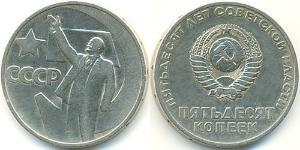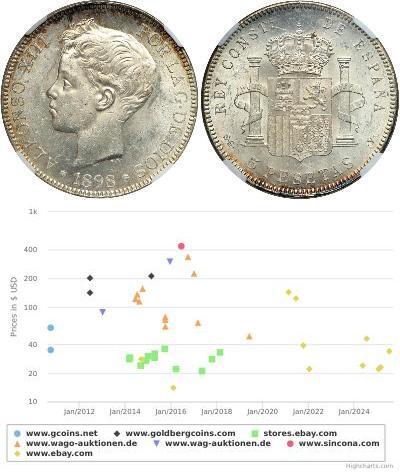[ 5466] GREEK CITY OF VELIA IN SOUTHERN ITALY - Silver Stater (25mm, 15.68 gm.) Thurium, 400-350 B.C. Reference: cf.SNGANS-1107. Helmeted head of Athena right, Scylla adorning helmet. Bull charging right, two dolphins flanking a tripod altar in exergue. Provided with certificate of authenticity. CERTIFIED AUTHENTIC by Sergey Nechayev, PhD - Numismatic Expert Thurii was one of the latest of all the Greek colonies in this part of Italy, not having been founded until nearly 70 years after the fall of Sybaris. The site of that city had remained desolate for a period of 58 years after its destruction by the Crotoniats; when at length, in 452 BC, a number of the Sybarite exiles and their descendants made an attempt to establish themselves again on the spot, under the guidance of some leaders of Thessalian origin; and the new colony rose so rapidly to prosperity that it excited the jealousy of the Crotoniats, who, in consequence, expelled the new settlers a little more than 5 years after the establishment of the colony.[1] The fugitive Sybarites first appealed for support to Sparta, but without success: their application to the Athenians was more successful, and that people determined to send out a fresh colony, at the same time that they reinstated the settlers who had been lately expelled from thence. A body of Athenian colonists was accordingly sent out by Pericles, under the command of Lampon and Xenocritus; but the number of Athenian citizens was small, the greater part of those who took part in the colony being collected from various parts of Greece. Among them were two celebrated names – Herodotus the historian, and the orator Lysias, both of whom appear to have formed part of the original colony.[2] The laws of the new colony were established by the sophist Protagoras at the request of Pericles. The new colonists at first established themselves on the site of the deserted Sybaris, but shortly afterwards removed (apparently in obedience to an oracle) to a spot at a short distance from thence, where there was a fountain named "Thuria", from whence the new city derived its name of Thurii.[4] The foundation of Thurii is assigned by Diodorus to the year 446 BC; but other authorities place it three years later, 443 BC, and this seems to be the best authenticated date.[5] The protection of the Athenian name probably secured the rising colony from the assaults of the Crotoniats, at least we hear nothing of any obstacles to its progress from that quarter; but it was early disturbed by dissensions between the descendants of the original Sybarite settlers and the new colonists, the former laying claim not only to honorary distinctions, but to the exclusive possession of important political privileges. These disputes at length ended in a revolution, and the Sybarites were finally expelled from the city. They established themselves for a short time in Sybaris on the Traeis but did not maintain their footing long, being dislodged and finally dispersed by the neighboring barbarians.[6] The Thurians meanwhile concluded a treaty of peace with Crotona, and the new city rose rapidly to prosperity. Fresh colonists poured in from all quarters, especially the Peloponnese; and though it continued to be generally regarded as an Athenian colony, the Athenians in fact formed but a small element of the population. The citizens were divided, as we learn from Diodorus, into ten tribes, the names of which sufficiently indicate their origin. They were: the Arcadian (from Arcadia), Achaean (from Achaea), Elean (from Elea), Boeotian (from Boeotia), Amphictyonic (from Amphictyonis), Dorian (from Doris), Ionian (from Ionia), Athenian (from Athens), Euboean (from Euboea), and Nesiotic (from the islands).[7] The form of government was democratic, and the city is said to have enjoyed the advantage of a well-ordered system of laws; but the statement of Diodorus, who represents this as owing to the legislation of Charondas, and that l ...
type to read more

|
Posted by:
anonymous 2015-08-18 |
Similar Coin Groups
2024-04-26
- Historical Coin Prices
2024-04-26
- New coin is added to 1 Rupee German East Africa (1885-1919) Silver
1 Rupee German East Africa (1885-1919) Silver
group has 73 coins / 71 prices
⇑
1890, German East Africa (DOA). Colonial Silver Rupie (Rupee) Coin. PCGS MS-64!
Mint Year: 1890Reference: KM-2. Region: East AfricaMint Place: Berlin (A)Denomination: Rupee (Rupie)
Condi ...
You may be interested in ...















-300-150-BPt0WDeKo2EAAAFqdCqVQNLB.jpg)






